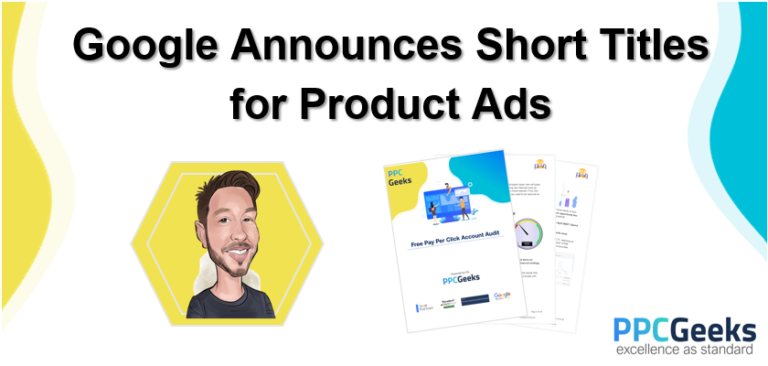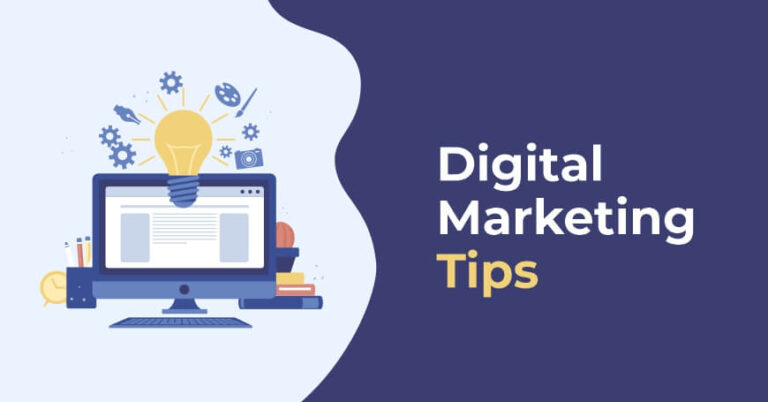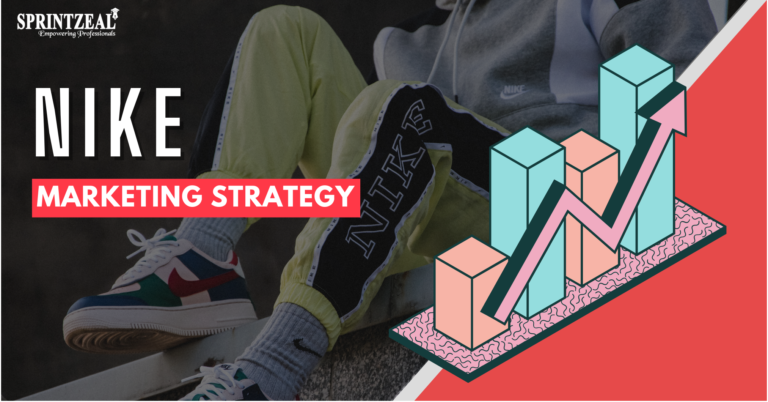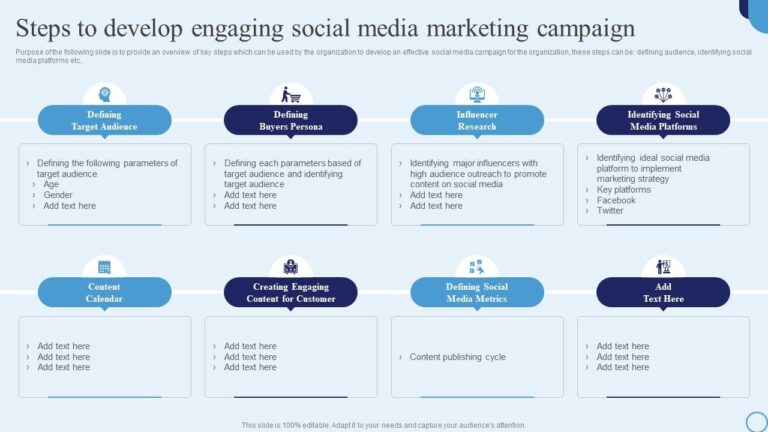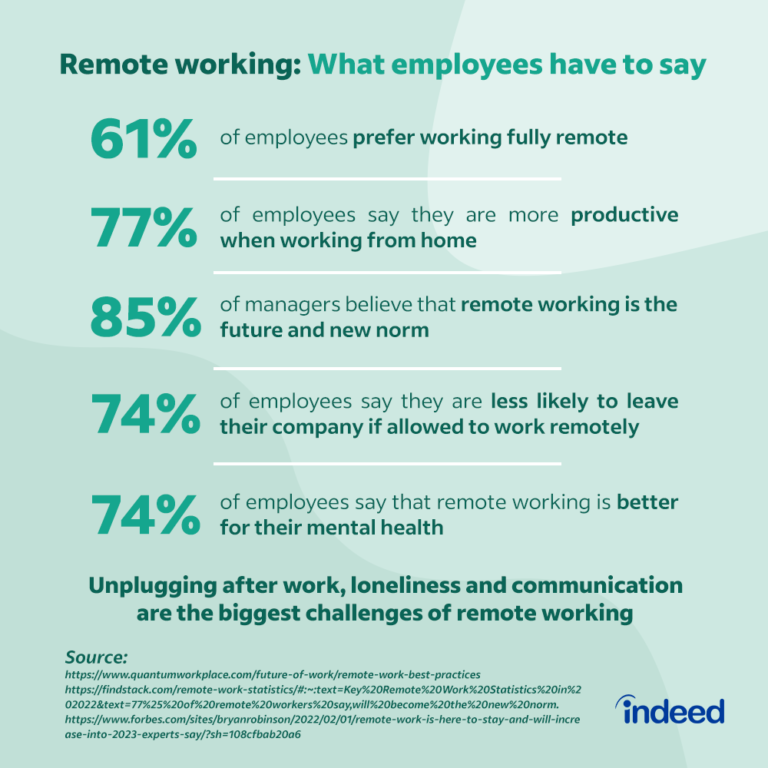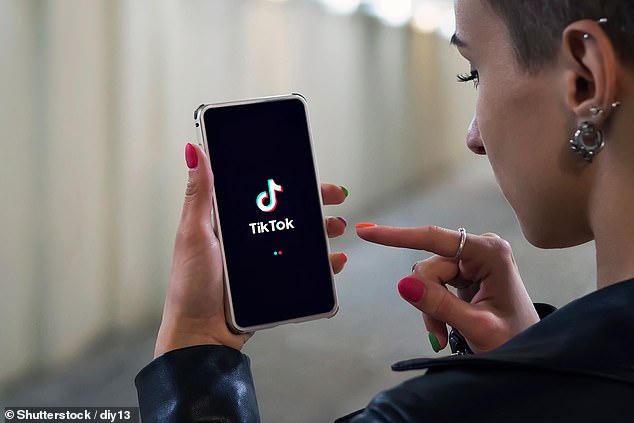[ad_1]
What Is the Most Profitable Agency Pricing Model?
When talking about agency pricing models, there’s no ideal model for all.
No two agencies have exactly the same talent, clients, budgets, ambition, nor expertise—and because your agency is unique, so will your pricing be.
Finding the pricing model that will work best for your agency will need to include:
- Your expenses, including overhead
- Your aspirations, such as what you plan to invest into
- Your team’s workload, and how to balance it out in the short and long term
- Your client’s ambitions—and making sure they’re happy
- Industry best practices
- Global economic conditions
The list goes on, but at the end of the day, your pricing model will revolve mainly around the profit it needs to generate.
In this article, we bring you the most popular and most profitable agency pricing models.
What Are the Top Agency Pricing Models Used in 2022?
The most popular ways agencies charge their services are:
- Project or fixed fee-based pricing
- Retainer fee pricing
- Time and materials pricing or “day rates”
- Increment or fixed fee-pricing
- Value-based pricing
- Incentives or performance-based pricing
- Commission
- Licensing or product sales
According to a global agency landscape survey conducted in November and December of 2021, out of 169 agencies that participated in the study, 72% of agencies stated that they predominantly work on project-based or fixed fees. From the sample of agency leaders, 82% are confident that in 2022, they will deliver even more profitable growth than in the previous year.
Agency leaders are aware of scope creep, resource planning challenges, recruitment and retention challenges in 2022, and global inflation.
So, how do agencies expect to invest in growth by continuing to work many on predefined, fixed fees? Continuing to apply this pricing model will eventually lead to eroding profit margins.
Why Would Agencies Choose a Less Profitable Agency Pricing Model?
Though value-based pricing is an often-heard term in the agency world, this study has shown that it’s not that popular in practice.
We offer a few potential answers as to why agencies choose the project-based pricing model over others.
Maybe Agencies Are Insecure About How Much to Charge for Their Services
When an agency starts small, it’s understandable that it doesn’t know how much to charge. Unfortunately, charging more for services through time never gets much easier.
Many agencies often ask themselves: how much should we charge for our services? Another connected issue that agencies face is setting up rate cards. When agency rate cards aren’t set to meet industry standards, testing different pricing models can seem daunting or less financially viable. Rate cards help agencies communicate clear expectations, especially towards new leads, but also towards legacy clients.
Ilija Brajković, CEO of Kontra, a digital marketing agency: “In order for a company to be profitable, a worker must cover the cost of his annual salary, times three. This is popularly called one salary for you, one salary for the company (overhead), and one salary for the boss (profit). ”
Sometimes Agency Leaders Think “Profitability Isn’t What We Focus on”
According to the same study, only 14% of agencies stated that they have an integrated platform that gives them real-time insight into their key metrics.
This basically means that agencies in 2022 still aren’t looking into their profitability that often.
Zoja Ivanišević, Head of Development at Brigada, a spatial design agency: “At the end of each project, we’d do an evaluation in Excel to see our profitability. So we could never get the level of accuracy we have today. Before, we didn’t have precise insight into how profitable a project was until we actually delivered it. Because our profitability evaluation would happen after a project was done, we could never figure out, mid-project, whether we’d see less profit or break a budget until it was in the past.”
Sometimes, we’ll hear paradoxical claims from creative agencies such as “Profitability isn’t what we focus on” or “Profitability isn’t our thing”. And sure, it shouldn’t be your main driver as an agency that’s aiming at shaping brand communications and delivering state-of-the-art digital products for clients.
Without cash flow, creative work cannot continue or expand. Though agencies today are often integrated and deliver top-notch technology along with digital marketing services, many of them still lack an agency management platform to help them guide their profitability and operations.
Maybe Agencies Simply Fear Losing Clients?
A potential reason that agencies decided to work based on predefined project fees is that agencies fear losing work.
If an agency is stuck thinking that changing its pricing model (or pricing in general) will lead to losing clients and income, it has a big problem. The same survey has shown that though agencies experienced a lot of chaos in the second quarter of 2020, in 2022, agencies are back performing better than ever.
Martijn Pilich, Managing Director at digital product design agency, Hike One: “We saw that our seniors were underpriced, so we changed our pricing model thanks to the data we got in Productive. We then learned very quickly that some of our clients are happy to pay more if they can get more experienced people. ”
Data shows that, though the agency business took a quick dip into chaos at the start of 2020, it picked itself back up stronger than ever in 2021. Instead of letting fear guide agency pricing models, looking at data and creating potential growth scenarios will show which agreements with clients to modify.
How Agencies Can Shape a Brighter Future
Even though agencies are facing big challenges such as talent recruitment and retention, employee well-being and maintaining high efficiency and innovation through hybrid working models, confidence is high for agencies in 2022.
Agencies can do this by regularly monitoring financial performance and dissecting project insights, and nurturing honest relationships with clients while they’re in a realistic position to negotiate better pricing models and that way—foster growth.
Now is the time for agencies to shape a brighter future for themselves.
For more of the latest agency industry trends, download the Global Agency Landscape Study 2022.



